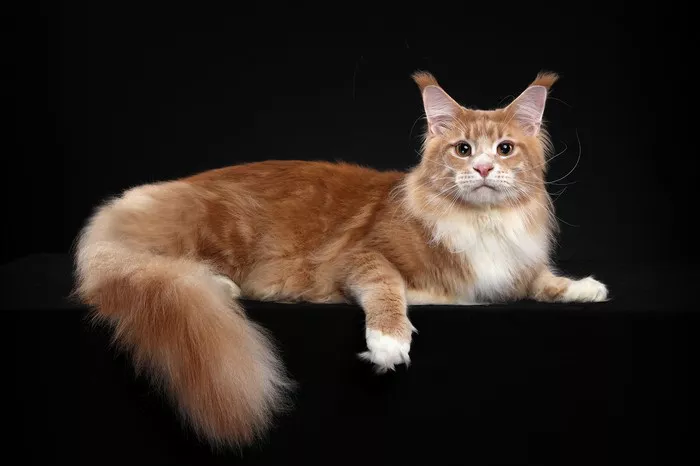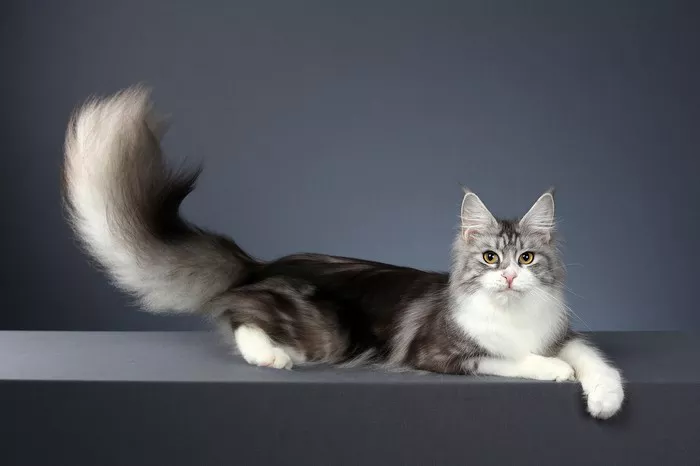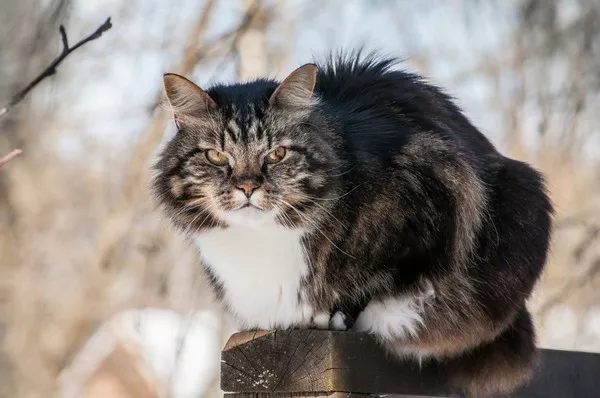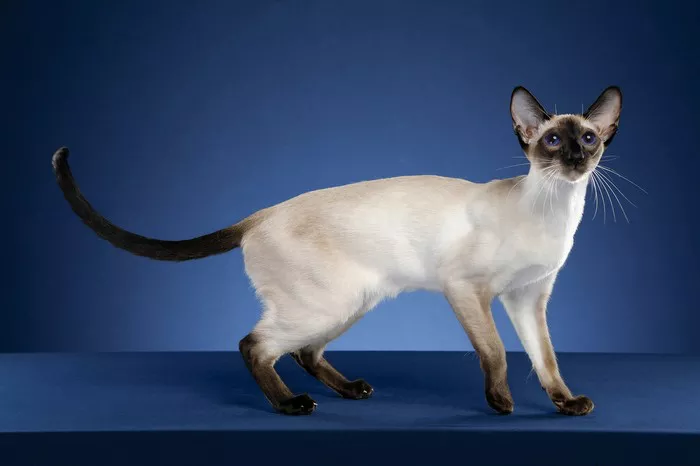Maine Coon cats, renowned for their impressive size, tufted ears, and luxurious fur, are not only beloved for their majestic appearance but also for their intelligent and trainable nature. Teaching your Maine Coon to sit can be a rewarding and enjoyable experience, fostering a strong bond between you and your feline companion. In this comprehensive guide, we’ll explore effective techniques, understand the Maine Coon’s temperament, and address common challenges in the process of teaching this fundamental command.
Understanding the Maine Coon’s Unique Characteristics
Before delving into the training process, it’s essential to appreciate the distinctive characteristics of the Maine Coon breed. Known for their intelligence, sociability, and affectionate nature, Maine Coons are often described as “gentle giants.” They possess an innate curiosity and a willingness to engage with their human counterparts, making them receptive to training.
Additionally, Maine Coons are recognized for their adaptability and may even exhibit dog-like behaviors, including responding to commands such as sitting. Their large size, tufted ears, and bushy tails contribute to their distinctive appearance, but it’s their friendly demeanor that makes them cherished members of many households.
Building a Strong Bond
Establishing a strong bond with your Maine Coon is fundamental to successful training. Spend quality time engaging in interactive play, grooming, and affectionate moments. Maine Coons thrive on positive interactions, and a trusting relationship forms the foundation for effective training sessions.
Create a conducive environment by ensuring your Maine Coon is comfortable in your presence. Familiarize them with your touch, and observe their body language to gauge their mood. Positive reinforcement, such as treats and praise, will motivate your Maine Coon to participate willingly in training exercises.
Introduction to Basic Commands
Before focusing on the “sit” command, introduce your Maine Coon to basic commands like “come,” “stay,” and “down.” These foundational commands establish a communication framework and instill a sense of routine, making it easier for your cat to comprehend new instructions.
Begin with short training sessions to maintain your cat’s interest and prevent frustration. Use treats, toys, or a clicker to reinforce positive behavior, gradually transitioning to the “sit” command as your Maine Coon becomes familiar with the training process.
Step-by-Step Guide to Teaching “Sit”
Preparation and Patience:
Choose a quiet and comfortable environment for training.
Ensure your Maine Coon is in a calm and receptive mood.
Arm yourself with small, enticing treats.
Capture Their Attention:
Use a gentle, yet assertive tone to grab your cat’s attention.
Hold a treat close to their nose to pique interest.
Elevate the Treat:
Slowly lift the treat above their head, guiding their gaze upward.
Your Maine Coon’s natural instinct is to follow the treat with their eyes and nose.
Gradual Movement:
Move the treat slightly backward, encouraging your cat to lift their front paws off the ground.
Maintain eye contact to ensure their focus remains on the treat.
Reward the Desired Behavior:
As your Maine Coon starts to sit, immediately reward them with the treat and verbal praise.
Reinforce the association between the command (“sit”) and the action.
Repeat and Reinforce:
Practice the “sit” command in short, consistent sessions.
Gradually reduce the frequency of treats as your Maine Coon becomes more proficient.
Reinforce the command intermittently to solidify the behavior.
Consistency is Key:
Consistency is crucial in cat training. Use the same command and gestures each time.
Avoid mixed signals that could confuse your Maine Coon.
Common Challenges and Troubleshooting
Lack of Interest:
If your Maine Coon appears disinterested, reassess the training environment.
Experiment with different treats or toys to find what motivates them.
Impatience or Distraction:
Keep training sessions brief to prevent boredom or distraction.
If your cat loses focus, conclude the session on a positive note and resume later.
Physical Limitations:
Older or physically impaired Maine Coons may struggle with certain commands.
Adjust the training approach to accommodate their comfort and abilities.
Fear or Anxiety:
Approach training with patience, especially if your Maine Coon displays fear or anxiety.
Create a secure environment and gradually introduce training elements.
Beyond Sitting: Advanced Training Tips
Once your Maine Coon masters the “sit” command, consider expanding their repertoire with additional commands and tricks. Felines often enjoy mental stimulation, and training sessions provide an excellent opportunity for bonding and mental exercise.
High-Five:
Utilize your Maine Coon’s natural paw movements to teach a high-five.
Gradually introduce the command while lifting your hand.
Roll Over:
Encourage your cat to roll over by using treats or gentle guidance.
Patience and positive reinforcement are key to success.
Stay and Come:
Strengthen these commands to enhance safety and control in various situations.
Practice in controlled environments before introducing these commands outdoors.
Conclusion
Teaching your Maine Coon to sit is not only a practical command but also a delightful way to interact and strengthen your bond. Through patience, positive reinforcement, and understanding your cat’s unique characteristics, you can transform training sessions into enjoyable and enriching experiences for both you and your majestic Maine Coon. As you embark on this journey, celebrate the milestones and cherish the moments of connection with your feline companion.

























